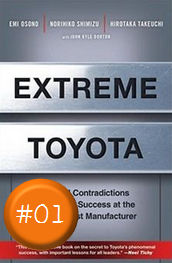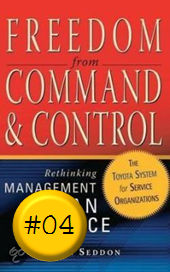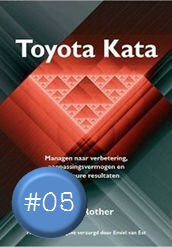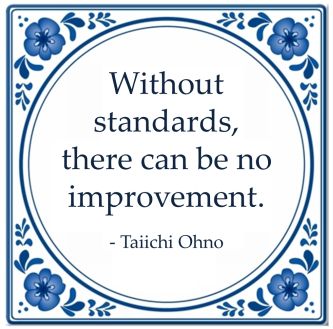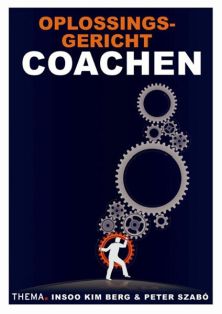
In zijn boek Process Innovation definieert Thomas H. Davenport een proces als een 'structuur voor actie', waarbij het gaat om een dynamisch beeld over hoe een organisatie waarde levert:
![]()
In definitional terms, a process is simply a structured, measured set of activities designed to produce a specifc output for a particular customer or market. It implies a strong emphasis on how work is done within an organization, in contrast to a product focus's emphasis on what.
A process is a specific ordering of work activities across time and place, with a beginning, an end, and clearly identified inputs and outputs: a structure for action. This structural element of processes is key to achieving the benefits of process innovation. Unless designers or participants can agree on the way is and should be structured, it will be very difficult to systematically improve, or effect innovation in, that work.
Process structures can be distinguished from more hierarchical and vertical structure. Wereas an organization's hierarchical structure is typically a slice-in-time view of responsibilities and reporting relationships, its process structure is a dynamic view of how the organization delivers value. Furthermore, while we cannot measure or improve hierarchical structure in any absolute sense, processes have costs, time, output quality and customer satisfaction. When we reduce cost or increase customer satisfaction, we have bettered the process itself.
Bron: Process Innovation - reengineering work through information technology, Thomas H. Davenport







